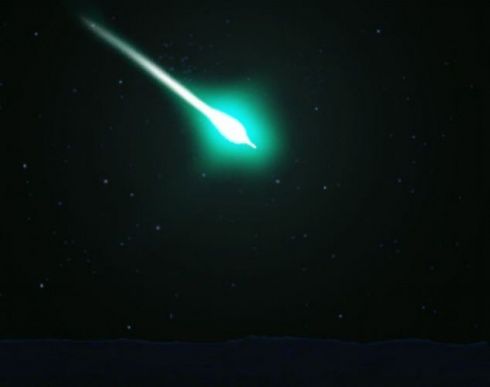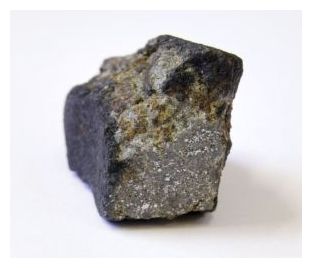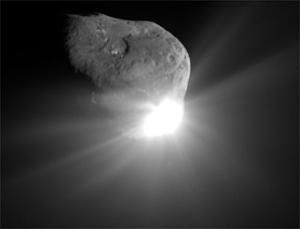
Deep Impact put on a spectacular show for scientists and space-geeks alike when it rendezvoused with Comet Tempel 1 in 2005, smashing a projectile into the dirty snowball in order to see what lies just beneath the surface. The mission, now renamed EPOXI, has taken the spacecraft past Earth several times on its way to a new cometary target, Hartley 2.
The craft's closest approach to the comet will be on November 4th, when it will pass just 435 miles from the comet nucleus just as it is starting to warm up and become active in its approach of the Sun. However, science observations are already underway, as data taken in early September indicates that Hartley 2 increased its cyanide output five-fold over a period of just eight days.






